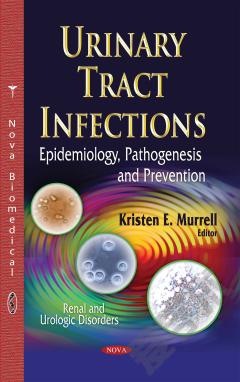Chlamydia: Prevalence, Pathogenesis and Prevention
Sexually transmitted infections (STIs) are a heterogeneous group of communicable diseases, whose only common element is sharing of sexual route as a mechanism of acquisition. With nearly 450 million cases detected annually, STIs represent a priority health problem worldwide, because of the impact they have on the physical and mental health of people who suffer, as the complications and consequences that can result and their relation to increased transmissibility of human immunodeficiency virus (HIV) infection. Clinical manifestations, in most cases, involve the genital area and mucous but sometimes, cause systemic affectation. Infection due to Chlamydia trachomatis is already the most frequent STI of global health significance. Its epidemiological interest has increased markedly in recent years because the majority of infections run an asymptomatic course which can lead to serious complications, especially in young women. This book discusses the prevalence, pathogenesis and the prevention of chlamydia.
{{comment.content}}








 京公网安备 11010802027623号
京公网安备 11010802027623号